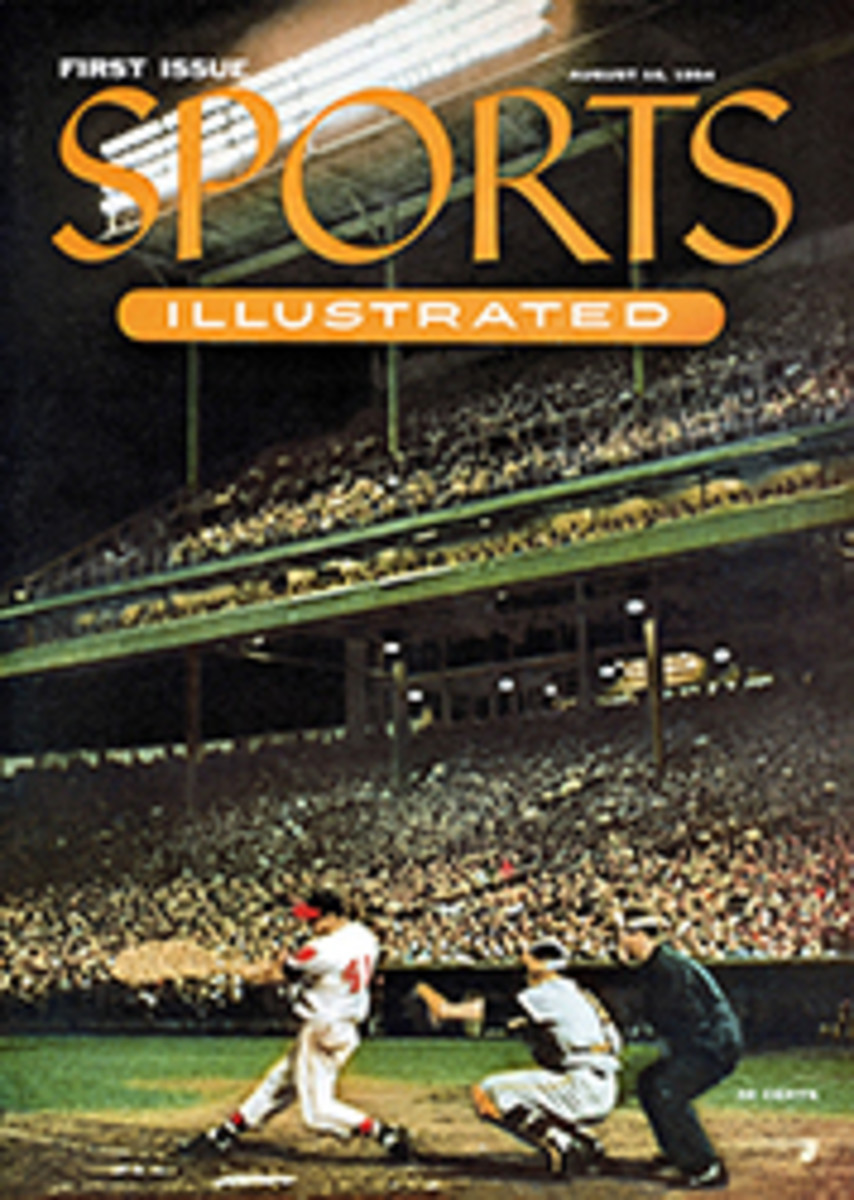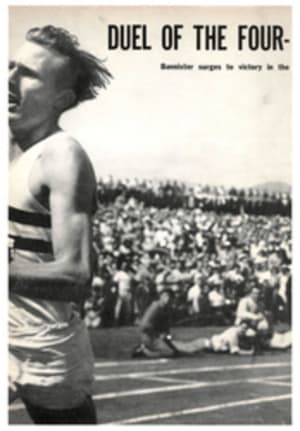
COLUMN OF THE WEEK
CLEVELAND PLAIN DEALER
In A single game last Saturday the Milwaukee Braves' Joe Adcock hit four home runs and a double against the Brooklyn Dodgers.
Sunday, Adcock was beaned by a Dodger pitcher and carried from the field on a stretcher.
Monday, demands for antibeanball legislation were renewed by press and public.
I am reminded of two pitchers who were contemporaries with the Cleveland Indians a good many years ago. To protect the innocent, let us say that one was named Jim and the other Joe.
Now Jim was known far and wide as a Nice Guy, without a mean bone in his head. Joe, on the other hand, was recognized as a dirty this-and-that who would stick a fast ball in his grandmother's ear if he thought it would frighten the old lady out of taking a toe hold against him.
The Nice Guy, being a professional baseball pitcher whose bread and butter depended upon his getting the batters out with reasonable regularity, occasionally found it expedient to knock them on their duffs as a means of discouraging undue familiarity.
At such times the batters would pick themselves up, brush the dust from their bloomers and observe to the catcher and umpire, "I've never seen old Jim as wild as he is today."
But let poor Joe, by the sheerest accident, get a fast ball two inches inside and the hitters would drop their bats and want to fight, asserting that he was trying to maim them.
I mean they were undertaking to read the pitchers' minds in the light of their reputations, and were, of course, reading inaccurately. And that is exactly what the advocates of antibeanball legislation are asking that umpires be required to do. The umps aren't having any.
The fact is that umpires were instructed many years ago by the presidents of both major leagues that a pitcher who fired at a batter's head was to be warned and, upon repetition of the offense, was to be thrown out of the game, with an automatic suspension to follow.
Never, to my knowledge, has the directive been invoked in the American League, though certainly no day passes in which some pitcher does not throw at some batter with intent to intimidate him.
The umpires, who have trouble enough ruling on things they can see, understandably have declined to accept any part of the assignment to impose penalties for things they merely suspect. And they can never do more than suspect premeditation in a fast ball thrown in the vicinity of a batter's head.
It will always be so until some means is found to legislate wildness out of baseball or to enforce a decree against wildness high and inside while sanctioning wildness low and outside.
And if the umpires did take on the job they have been ordered to perform, it's a fair bet that they would absolve the guilty Jims and convict the innocent Joes.
The beanball, or duster, will become extinct as an instrument of baseball tactics when war and crime and other manifestations of the inbred cussed-ness of the human race become extinct.
The basic difficulty lies in the fact that ballplayers and managers don't really want it outlawed, since it's a useful device in the hands of their own pitchers. They holler only when it's used against them.
THREE PHOTOS
Each week SPORTS ILLUSTRATED will reprint an outstanding sports column from a daily newspaper. The writer will receive a prize of $250.
A PORTRAIT OF THE HORSE OF THE YEAR
This portrait of Greentree Stable's Tom Fool, voted Horse of the Year 1953, was presented to co-owners John Hay Whitney and Mrs. Charles Shipman Payson at a luncheon Aug. 12 in the Saratoga, N.Y. clubhouse. Under Jockey Ted Atkinson, shown loosening the girth in Richard Stone Reeves's painting, Tom Fool won 10 of 10 in 1953. He has since been retired to stud.

